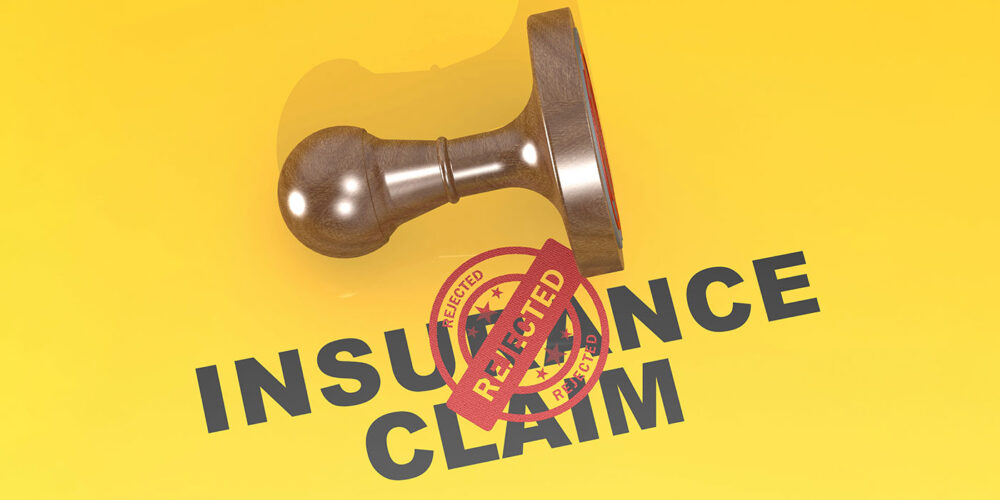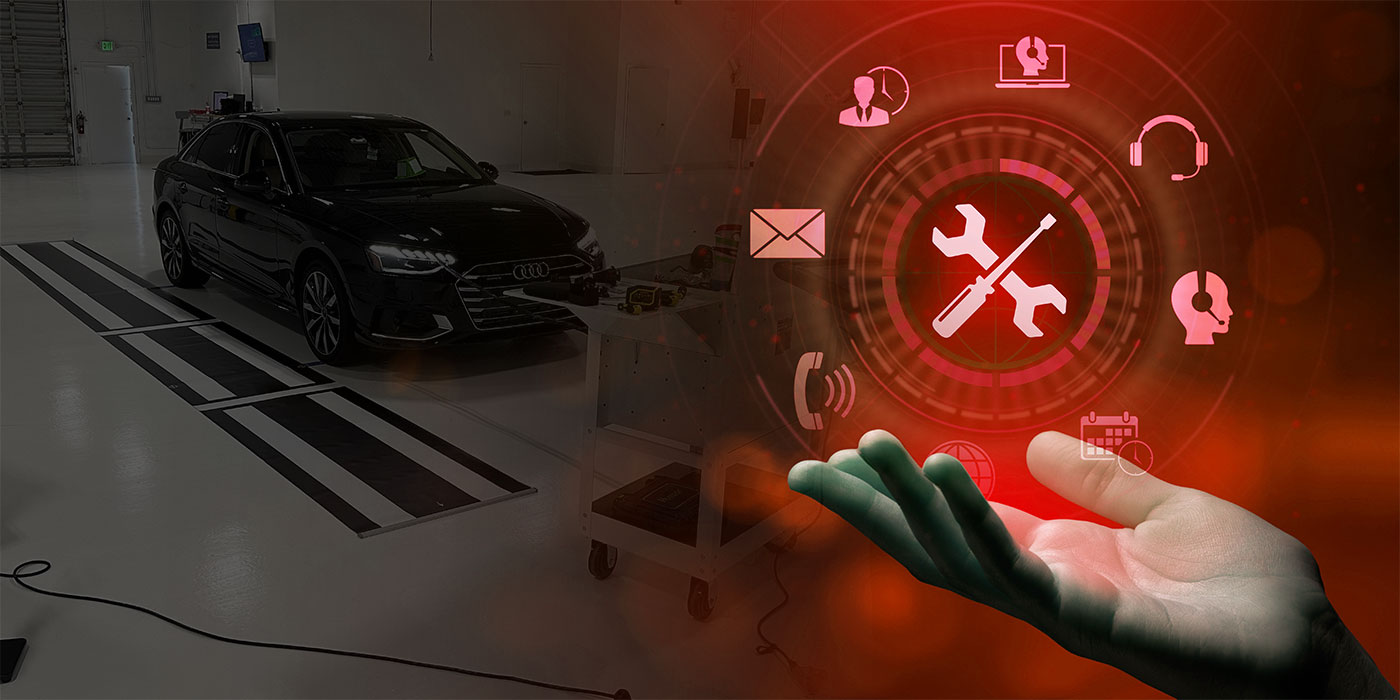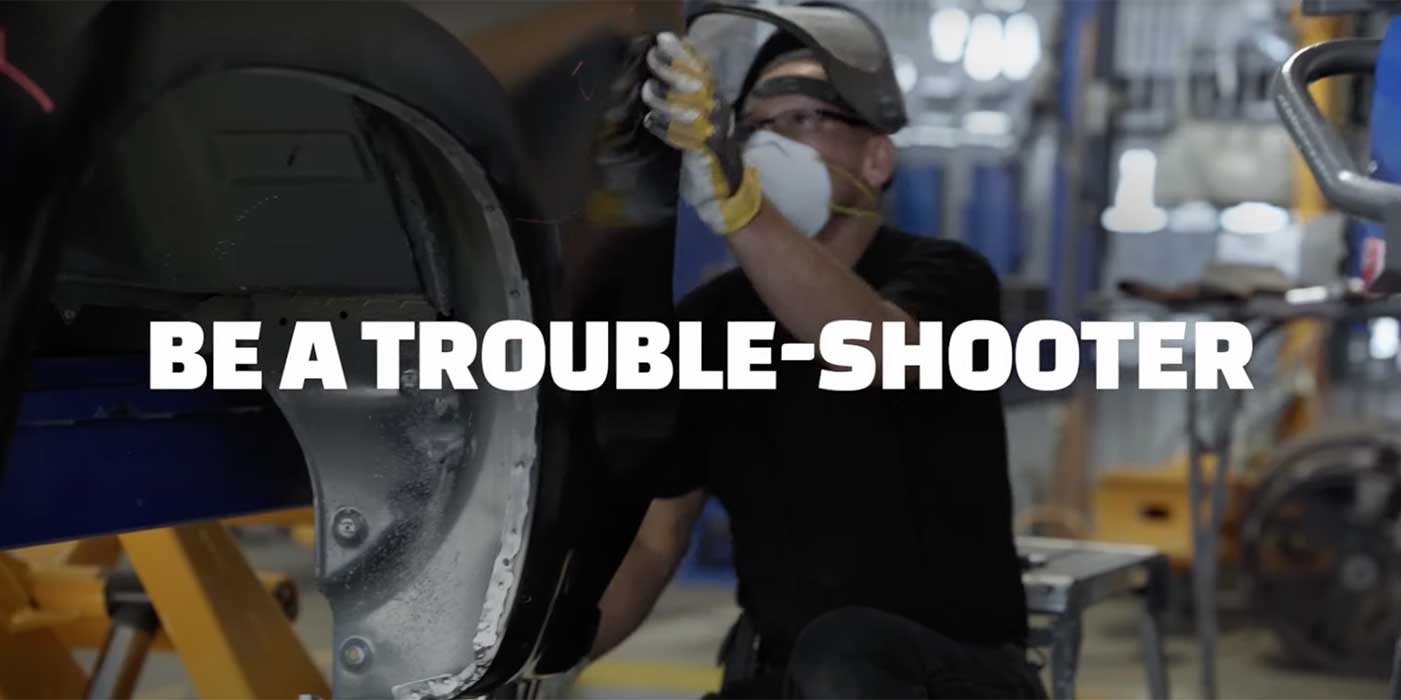We’ve all heard the term “insurance fraud,” which is often used in the collision repair industry in instances where a consumer or service provider does something that an insurer representative or insurer’s Special Investigative Unit (SIU) perceives to be wrong or illegal.
Insurance fraud can constitute many things, including when a consumer submits a false claim when trying to get unrelated damage included in a recent loss. There’s also the fraudulent repairer who actually creates damages to increase the repair costs or doesn’t provide the parts and/or services which the customer paid to have performed. And then there’s arson, disposing of a vehicle and reporting it as stolen, causing a fake accident and claiming injuries (e.g., “slip and fall”), and numerous other intentional, fraudulent claims perpetrated by dishonest parties.
Then there is the insurance fraud perpetrated by an insurer. Unfortunately, this goes on every day and is far too often unaddressed by those who commit it and those who are responsible for protecting others from it. I’m not suggesting that every insurer commits fraud, but unfortunately many do as part of normal and frequent business practices … and as of late, it has gotten much worse.
Common Infractions
In the collision repair industry, the most common infraction by insurers is the effort to deny or underpay or short-pay the claimant (both insured parties or their victims) for the necessary and recommended parts, materials and procedures. This orchestrated fraud is committed daily by insurers who intentionally ignore proper and thorough damage repair procedures.
Another common infraction is to under-compensate consumers for total losses and property damage claims, injury disability claims and medical expenses — all in the name of profit. The result of this is “unjust enrichment.”
Insurance is a product that offers peace of mind to those who purchase it. The intentional denial and/or underpayment of a claim (withholding proper claims payment) is against most, if not all, state regulations across the country and is generally considered to be a “deceptive business and unfair claims practice,” — which, in some cases, equates to “bad faith.”
In the collision repair industry, the most common insurer infraction is the effort to deny or underpay or short-pay the claimant for necessary and recommended parts, materials and procedures.
Some of the abuses and fraud perpetrated by insurance companies may be more subdued, for example, in cases where they actually use state laws and regulations to support their fraudulent activities. One example that comes to mind is insurers totaling perfectly repairable vehicles in an effort to encourage (steer) a repairer’s customer to move the vehicle to a more insurance-friendly repairer. Some insurer representatives literally tell consumers, “You either move it or we total it!” I also know of some shop owners who have had insurers deem perfectly repairable vehicles total losses in an effort to harm the repairer as well as their customer, telling them, “Had you selected another shop, your vehicle wouldn’t have been totaled.”
Consider an insurer totaling a repairable vehicle merely as a predatory practice against a repairer and consumer; in most states, the insurer has the right to deem a damaged vehicle a total loss regardless of the repair cost or vehicle’s value, so it does so with impunity and zero accountability. In most instances, the salvage value is significant enough to the point that the insurer can reduce its payout significantly. Meanwhile, the consumer is left with a lowball settlement that cannot replace his or her vehicle, suffering an economic loss and significant and unfair abuse at the hands of those who are supposed to indemnify the customer in his or her time of need.
I’m confident that every collision repair professional has asked him- or herself how some insurers continue to get away with the abuse and fraudulent practices they perpetrate on consumers and repairers. The truth is they don’t always get away with it; however, the monetary rewards (benefits) gained overall exceed the collective risks they take when they do. As I’ve often stated, “Only when the risks begin to outweigh the rewards will behaviors change.” In other words, it’s economically feasible for insurers to continue to short-pay and deny settlements because they earn more profits from what they don’t pay out versus the fines and settlements they may be forced to pay when held accountable. This in part is due to the consumer’s failure to hold an abusive insurer accountable by seeking legal counsel to assist him or her in attaining a fair settlement. It is also caused by a repair professional’s failure to involve and edify his or her customers and expose the offending insurer’s less-than-ethical behavior as it occurs. Repairers would do their business and the industry at-large a great benefit by exposing insurers’ behavior and standing by their customers, encouraging them to not merely sit back and take it.
Code of Ethics
As I’ve suggested in previous articles, the collision industry should have an agreed-upon code of ethics. Part of that code of ethics is to inform the customer when issues arise that interfere with the repairer’s efforts to properly perform needed and recommended repairs — necessary repairs that, if not completed, would leave the consumer in a position less than he or she is entitled to. This, of course, would include the denial of quality replacement parts, materials, proper procedures and anything that would inhibit the repairer’s ability to restore the damaged vehicle’s safety, function, reliability, appearance and value.
In the many meetings I’ve had with various states’ departments of insurance regarding such issues and concerns, one common statement I’ve heard from their representatives is, “We just don’t get many complaints submitted from consumers on these matters — not enough to raise concern.”
All quality, consumer-oriented repairers should have e-mail links to their state insurance commissioners’ websites readily available so they and their customers can easily submit complaints. Only when enough complaints of repeated offenses are levied against any one insurer will the spotlight get turned on it and cause enough interest for an investigation. Of course, the repairer should be eager to offer assistance in such an investigation in hopes that it will hold the insurer accountable and increase the risk of significant monetary fines or losing the privilege to do business in the state if infractions continue.
We’ve all likely heard the definition of insanity … so, once again, here we are with the repairer having to choose to either become part of the solution or remain part of the problem.














